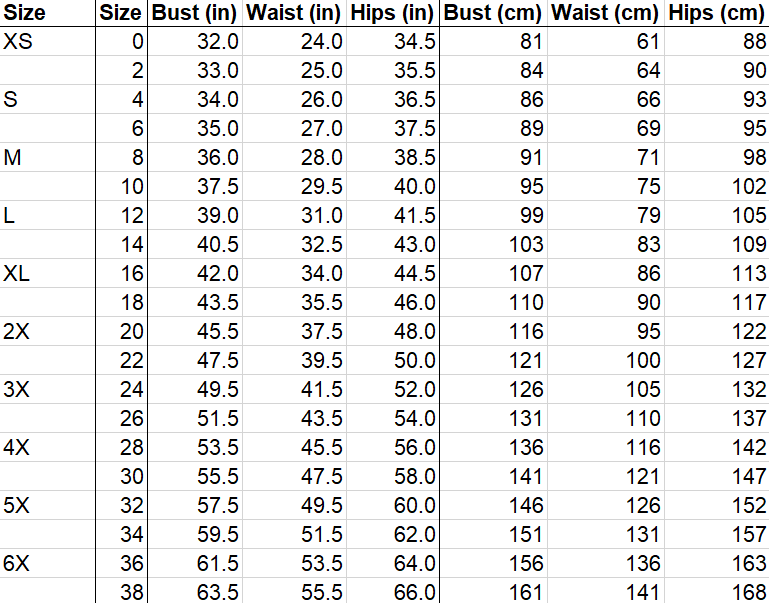From Sketch to Sold
Plenty of us have seen the idea for an outfit or garment at its youngest stage – the sketch – and at its last stage – when it’s finally in stores – but what happens in the middle? How long does it take to get from ideation to Anastasia’s store? And what are the steps that garments take before being sold? Read on to learn about the behind-the-scenes journey of Anastasia Chatzka garments from mockup to masterpiece.

It all starts with an idea. Anastasia starts with the fabrics, as opposed to starting with the type or shape of a garment. She goes to fabric shows to scout out new patterns, textiles, and fabrics, her favorite show being the Premiere Vision fabric show which is put on in New York and Paris. At these shows, large room-like booths are set up back to back for what looks like miles, each one rented by fabric manufacturers to show off their newest products. “The best fabric show, I think, in the world,” Anastasia says. “All the different mills come… you can choose your own colors and fibers, you can customize textiles however you want. The creativity is endless.” The mills make whatever fabrics the designer asks for. By doing this, Anastasia explains, you get a more unique and high-end product. She searches through headers, or stacks of swatches, looking for fabrics that interest her. When she finds something she likes, she tells the manufacturer and they write it down. After the show, they mail them to her.
Back at the studio, she lays out the swatches and narrows down the fabrics that she wants to use for her next collection. She does this lots of different ways. A large part of narrowing down the options is based on season, but also what Anastasia is excited to work with, and things she thinks clients will like and react well to. In this way, she can create clothes that are interesting to her but will also sell: a mix of outrageous and unique, and also what people want for the everyday. The finalized group of fabrics can help to decide the theme of the collection. Anastasia also likes when collections focus on one or a couple different sewing or design techniques to create an added sense of coherence between the pieces. For example, the Summer 2018 Collection was inspired by insects and transparency, hence the wasp-patterned bathing suits and transparent raincoats.


Once the fabrics, concept, and techniques are decided on, the draping and sketching start. Ordering enough of the fabric to make a few mockups, she puts them to the test, discovering how they look when they’re sewn in different ways. For example, making four different types of necklines out of the same fabric to compare how the fabric looks in each. This way, she knows what she can do with each fabric and how it looks best. Photographing the fabric at this stage is also helpful in seeing how they lie while being worn. Draping and photographing helps Anastasia to know the best ways to use the fabric for her collection, and so at this point, she begins sketching her ideas for pieces.

Even though this is her least favorite part of the process, it’s vital to envisioning and communicating the garment idea. Once she decides on the designs she wants in her collection, she begins to make sample garments out of muslin. Paper patterns for each piece are made and more samples are created from them until each pattern creates exactly what Anastasia wants. Each piece is then sewn from fashion fabric – the fabric the garment will ultimately be made from – and if the pattern still creates a perfect garment in the new fabric, the pattern is sent to the pattern grader.


A pattern grader is a person who turns the sample size into additional sizes and uploads the pattern into a digital form. While the pattern grading is being done, a two-week process, she orders the fabric, zippers, lining, and everything else that’s needed to manufacture the number of garments that need to be created.

The digital patterns and supplies are sent to the manufacturer who, once they receive everything, make the first sample pieces out of the fashion fabric, which takes about 7 days. Since manufacturers don’t always know specific details about how fabric needs to be cut or sewn, the first manufactured samples are vital for seeing how the finished garments will come out. If there are any problems with the garment, she communicates solutions to the manufacturer, who creates another sample using the new specifications.


Once the manufactured samples gain her approval, she tells the manufacturer how many pieces to make, sending the orders in one garment at a time. When her clothes are done – usually after 10 days – she picks them up. At the store, the pieces are unpacked and triple-checked for quality control. Each gets a barcode and style number before being hung up or put on mannequins.




Fashion design and manufacturing is far from simple, and this is only a glimpse at the process. Hopefully, this provided a view of what goes on behind the scenes at Anastasia Chatzka. If you have more questions, leave a comment below!
Written by Miranda Marnik-Said












































































































